The Hooter is a compact digital horn and bell designed as a drop-in replacement horn for Lionel postwar diesels, although it can be used in any diesel from any era.
There are no diesel engine sounds, just a horn and bell. The Hooter works off track power.
The Hooter is no ordinary horn and bell. It offers four distinct horn tones and three distinct bell rings. You pick which horn and bell, and you pick the volume. Horn choices are an EMD late diesel, an early F3 diesel, a GE late diesel, and a toy train buzzer horn. Bell choices are an EMD late diesel, a GG1 electric, and a toy train bell (my personal favorite).
The Hooter’s circuit board is cleverly built into the base of the speaker and its enclosure. It connects with two wires, one to positive and one to ground.
I won’t say that you can’t screw up installation, but as far as a sound-upgrade project goes, rigging up this device is about the easiest task any of you could do!
Programming the horn is similar to programming the latest QSI sound systems.
Gone are the old audio clinks and clanks, replaced by spoken commands as you climb through the numerical programming stages by raising and lowering track voltage.
With the Hooter horn, your programming choices are limited to the four horn tones, three bell rings, and volume levels. Keeping the choices limited keeps programming from becoming an unwanted chore. After installation, you can change your horn and bell as often as you like.
Any transformer can be used to program the Hooter. I used a Lionel CAB 1 and TMCC setup. By following the clearly written directions included with the horn, I installed the Hooter in my prewar American Flyer Zephyr. Demonstrating the Hooter in the formerly mute Zephyr – an uncommon candidate for a horn – is a hoot, pun intended.





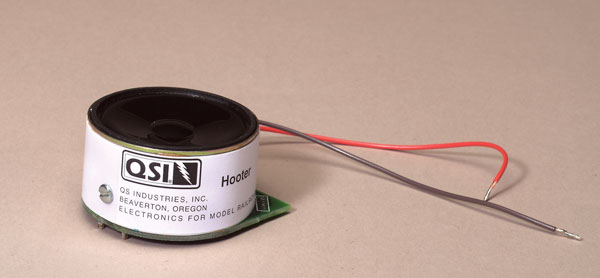

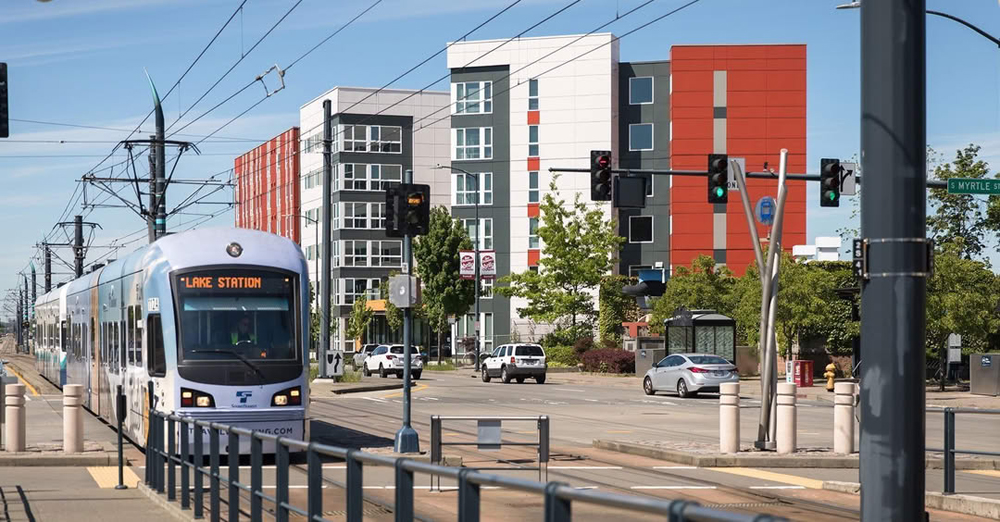
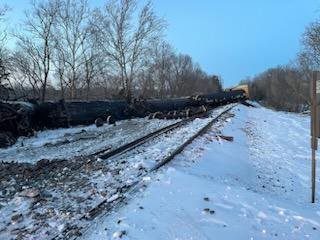
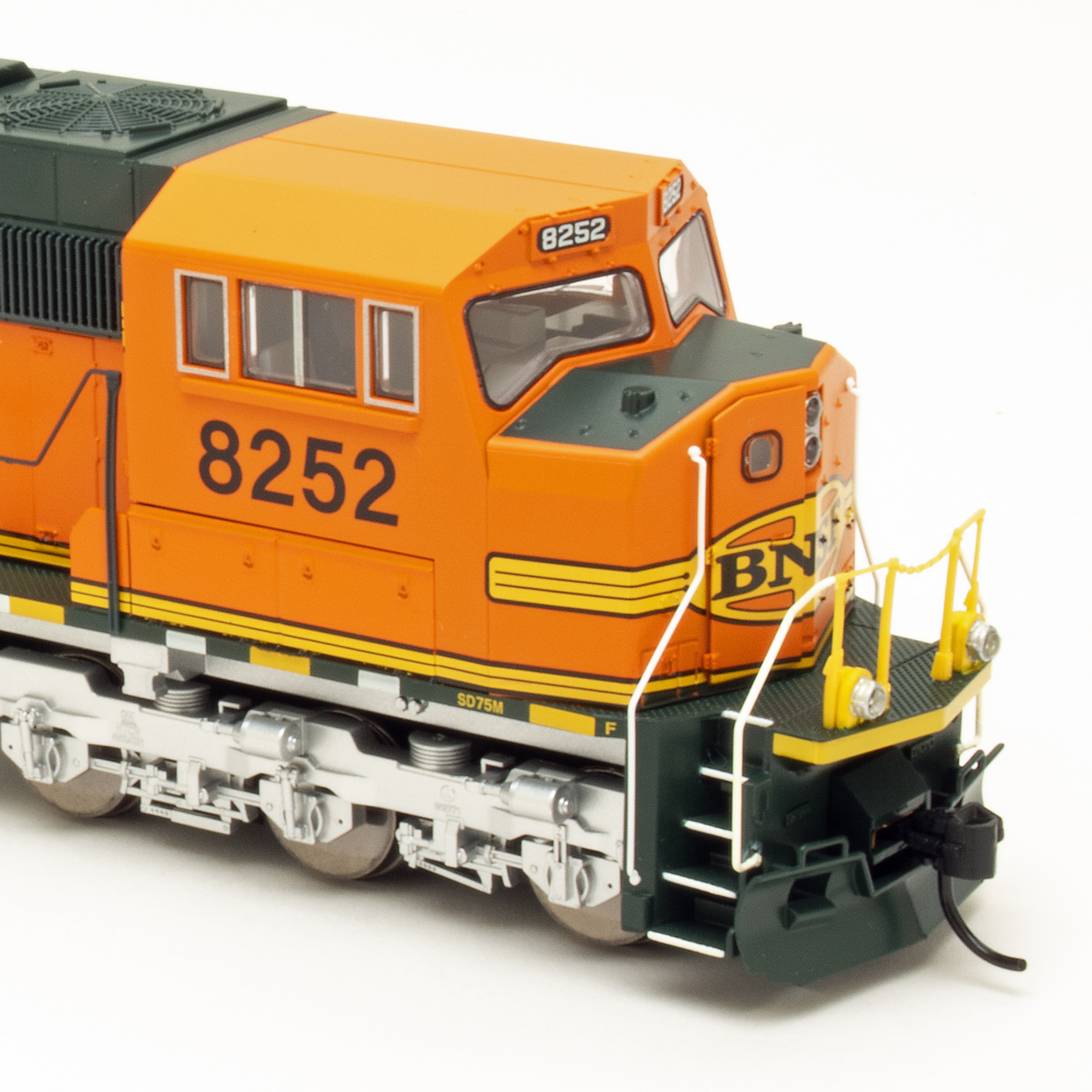
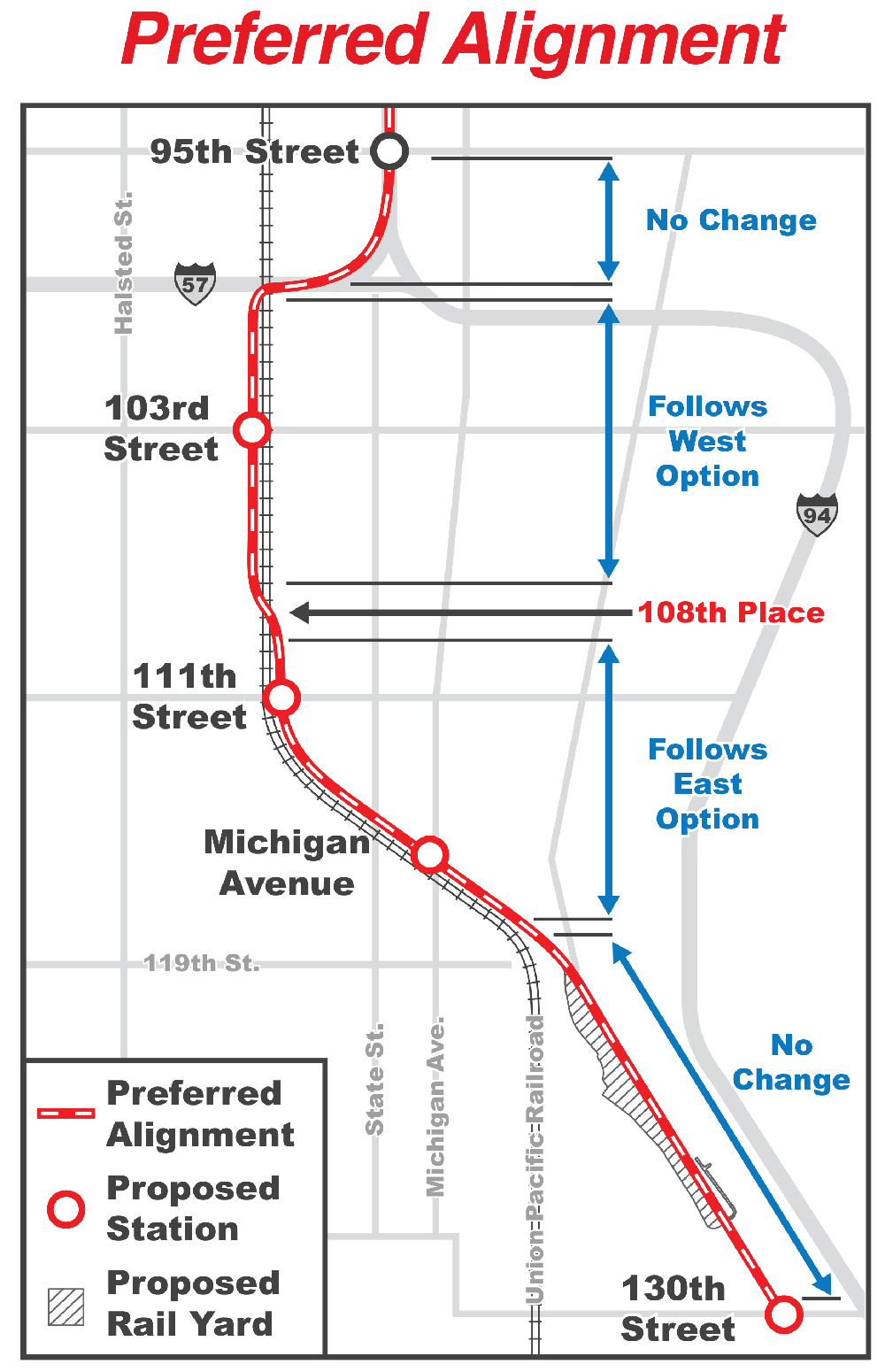




This sounds like a great project and repair for a troublesome and obsolete type horn and bell.